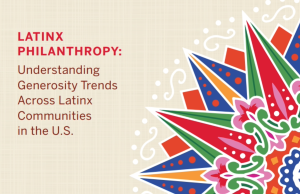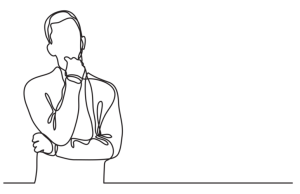Since the outbreak of the coronavirus (COVID-19) pandemic in March 2020, donors who increased their giving are more likely to be young people and donors of color, and one-third said they are likely to be annual donors or even monthly sustainers.
“Tipping Point: Aligning with Supporters in a Changing World,” a survey released today by The Blackbaud Institute, examines how donor and nonprofit behavior has changed in the wake of COVID-19. Edge Research executed the study, which included a survey of 1,168 professionals at nonprofits and 1,024 donors, between June 28 and July 23, 2021.
More than one-third (34%) of donors say they increased giving during the pandemic. Half (51%) say their giving stayed the same. Nearly half (45%) of participating nonprofit professionals report increases in the number of donors.
Young people and donors of color showed up more prominently than older generations and white donors among those who increased their giving since March 2020:
- Generation Z, 53%
- Millennials, 45%
- Gen X, 27%
- Baby Boomers, 25%
Likewise, minorities were more likely to have increased their giving since the start of the pandemic:
- Black, 46%
- Hispanic, 44%
- Asian, 38%
- White, 33%
One-third of participating donors (33%) say they are “very likely” to become annual donors to organizations they first supported in 2020 and nearly as many (29%) said they would be “very likely” to become monthly sustainers. Both percentages surpass the industry-wide first-year retention rate of about 25%.
Nonprofit professionals reported trying or expanding a wide range of online engagement tactics in 2020, increasing their focus on online engagement tactics, like virtual fundraising events, use of social media, and promoting online donations. More than half of participating donors (56%) said they want a virtual or hybrid relationship with their causes.
Donors tend to bestow a “halo effect” on organizations that personalize their digital communications, with a 25% increase in donor sentiment. Donors who said they receive personalized content were more likely to give their favorite charities high scores on a range of attributes, including the extent to which the charity “pulls on their heartstrings,” creates engagement opportunities, and makes donors feel appreciated.
Organizations viewed by donors as early adopters of technology also appeared to benefit from a “halo effect” in which donors attributed a range of good qualities. There was a 27% increase in donor sentiment and they also gave higher marks to organizations for keeping donors informed, making them feel appreciated, and offering more engagement opportunities. Nonprofits considered late adopters received significantly lower scores among these attributes.










